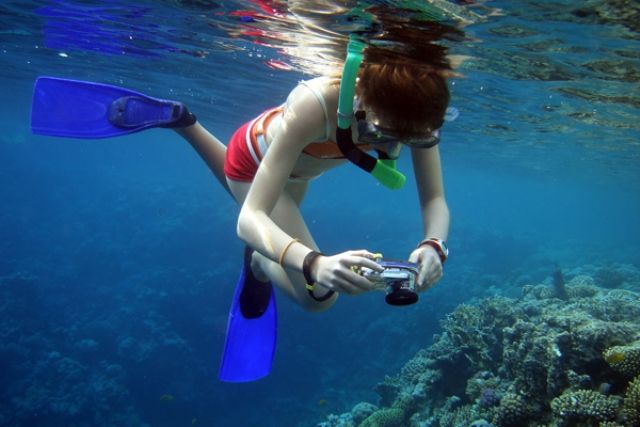
Neuroplasticity is the principle behind CSMC’s revolutionary robotic technology.
Experts used to think that when a region of the brain is damaged, its function is lost forever. However, new studies revealed that the brain can reorganize itself after injury so that when nerve cells die, their functions are taken over by other cells.
This is the principle behind neuro-plasticity which is also the science behind the ground-breaking In-Motion Robotic Therapy—a revolutionary technology that helps patients relearn arm movements that were affected by stroke.
Cardinal Santos Medical Center (CSMC) is now the Philippines’ first and only hospital that offers In-Motion Robotic Therapy. This breakthrough medical technology provides rehabilitation treatment for stroke survivors and patients with spinal cord injury, multiple sclerosis, cerebral palsy, and other neurological conditions.
CSMC Department of Rehabilitation Medicine Chair Dr. Ofelia Reyes explained that the In-Motion Robotics is a more cost-effective therapy because of its intensive nature such that results can be seen in a shorter period of time compared to standard stroke rehabilitation treatments. “And as proven by actual cases of our patients, the effects are long-term and longer lasting. The treatment gives stroke and other neurological patients new hope for a better quality of life,” she said.

The medical rehabilitation staff of CSMC has gained valuable experience in the use of robotics in the treatment of Filipino stroke patients.
The CSMC experience
The rehabilitation expert cited the experience of CSMC patient 26-year-old Stephen Escalante who suffered from spinal cord injury. After undergoing six months of In-Motion Robotic therapy, he felt significant improvements in his arms. “My arm became more flexible and stronger. It was a big help because no occupational or physical therapist can move my arm with that range for 960 times,” he shared.
Another patient, 55-year old Kwok Kwan Tan, suffered multiple damages in the brain after a stroke that paralyzed the left side of his body. He felt “depressed and hopeless” after undergoing a year-and-a-half of daily physical therapy treatments that only resulted in very limited movement of his arms and legs.
However, the In-Motion Robots enabled Tan to relearn arm movements in only two months. “I can now move my arms and hands faster, and I am improving every day. I will have my life back to normal,” he said.
Revolutionized rehabilitation
CSMC’s Department of Rehabilitation Medicine offers three kinds of In-Motion robots for patient rehabilitation: a shoulder-elbow robot for improving shoulder and elbow control, a wrist robot, and a hand robot for grasping, releasing and pinching exercises.
“We are happy to bring this newest advance in rehabilitation treatment to the country,” Atty. Pilar Nenuca Almira, president and chief executive officer of CSMC, said. “We’ve seen how robotic therapy has helped our patients improve their quality of lives and we hope to bring that same experience to more patients in need of rehabilitation.”
 Make staycations sweeter with your own slushie blend using the Moulinex LM09 Slushie Maker Blender from Lazada. Check out
Make staycations sweeter with your own slushie blend using the Moulinex LM09 Slushie Maker Blender from Lazada. Check out
 Capture breathtaking sights under the sea with the GE G5 12.0MP Waterproof Digital Camera from Lazada at
Capture breathtaking sights under the sea with the GE G5 12.0MP Waterproof Digital Camera from Lazada at




